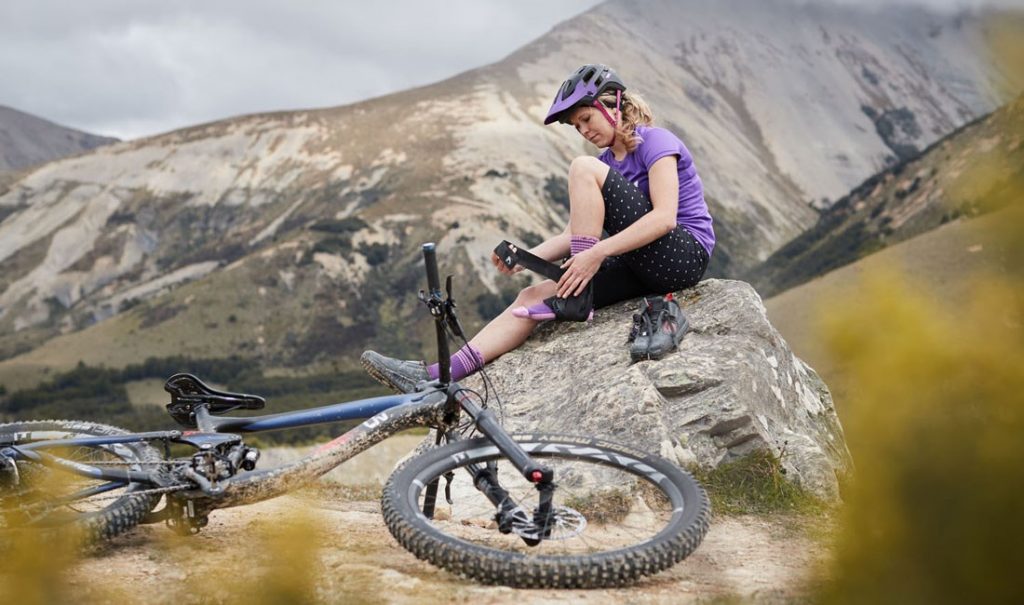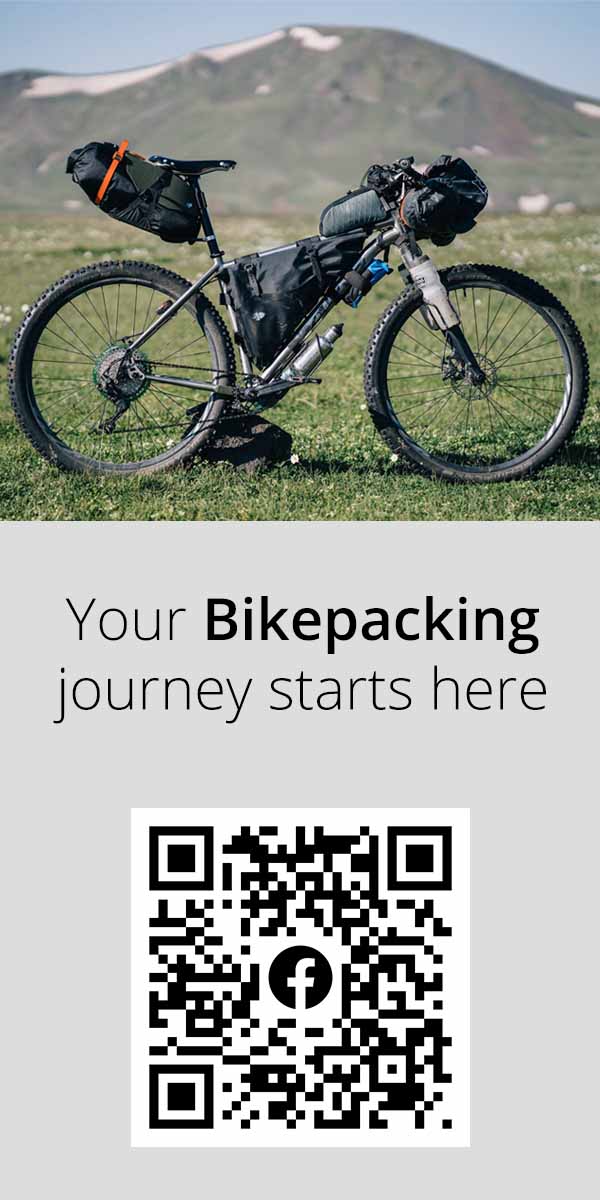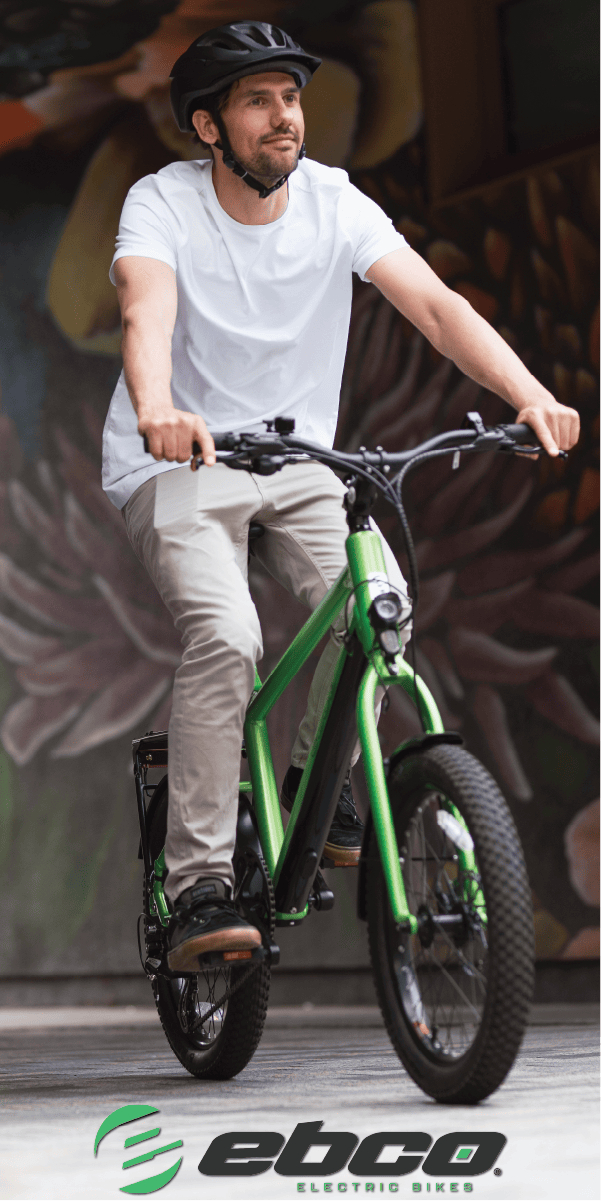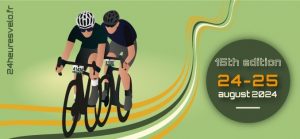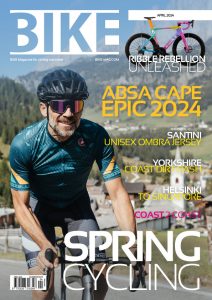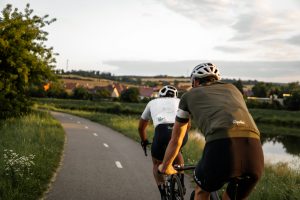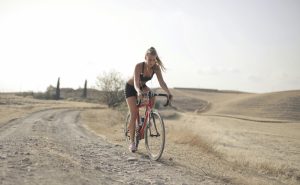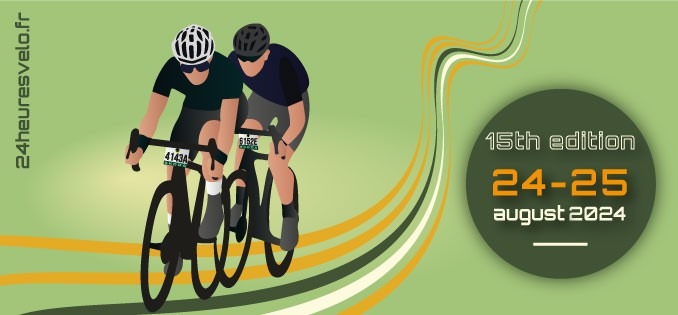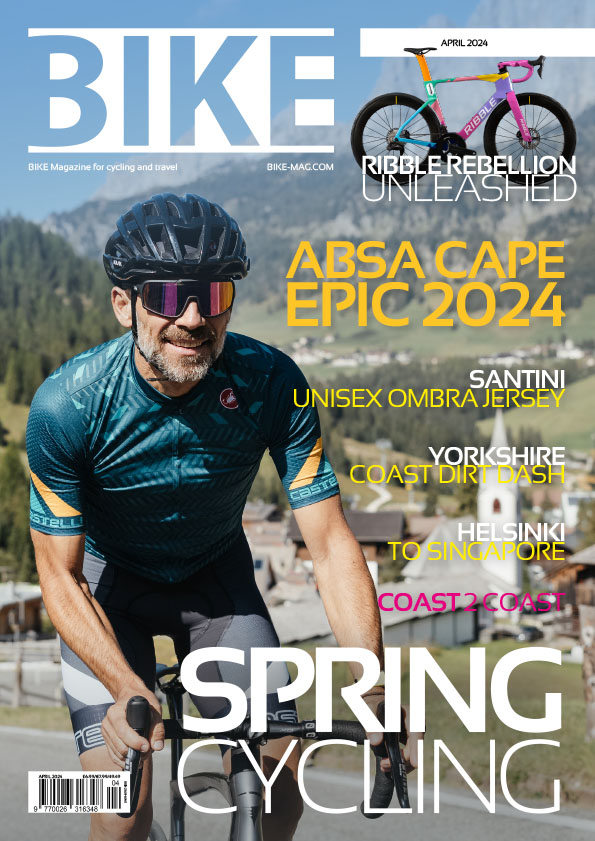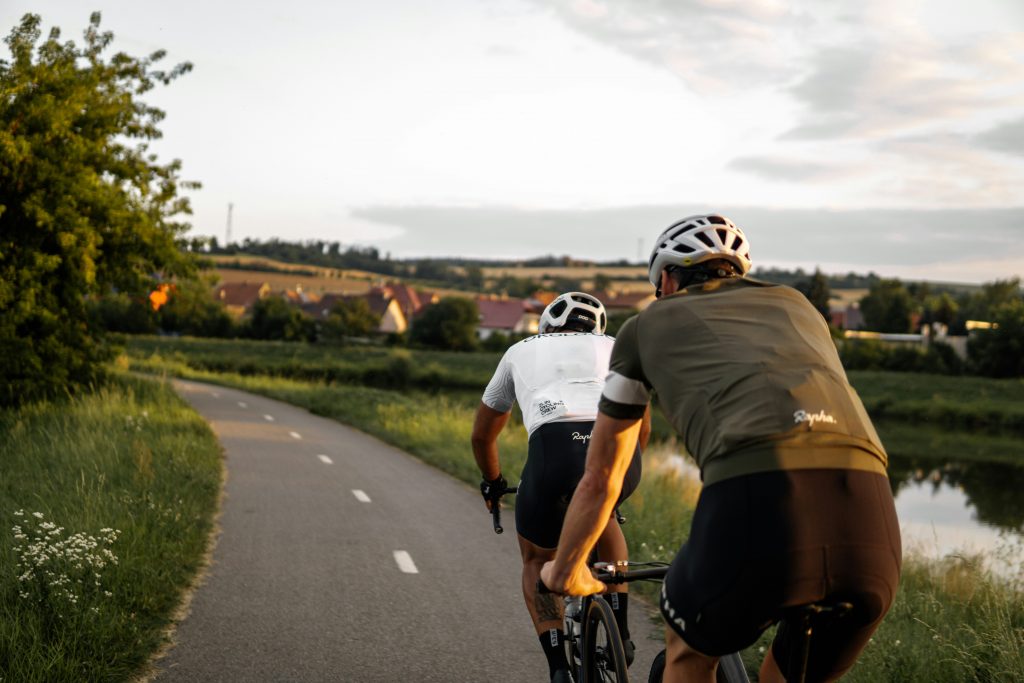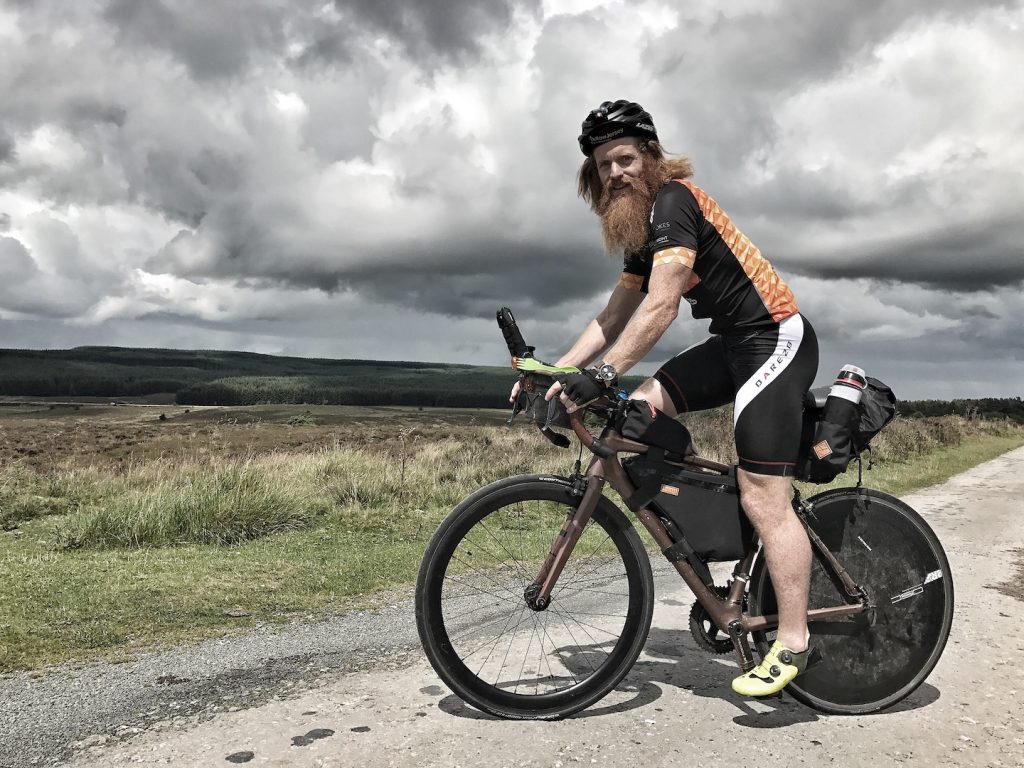Cycling Myths: Busted
According to statistics from the department for transport, men make almost three times as many trips by bicycle than women – and travel four times further! this isn’t right, and we are doing all we can to close this gender gap.
By simply starting to ride you are making a huge difference and already inspiring others, plus there are so many added benefits in store – from fitness and freedom to making new friends.
If you’re yet to be convinced, we’ve busted seven of the most commonly heard cycling myths to help you change your mind.
1. Cycling isn’t safe
Statistically, cycling is a safe activity and serious injuries are rare – but six out of ten women say they don’t feel confident riding their bike on the road and a similar number tell us that infrastructure and driver behaviour does not make them feel safe.
Having the perception that cycling isn’t safe can be off-putting, however, most people find that their confidence improves with the more experience they get. If you need a confidence boost there are plenty of options out there to help you improve. Look for cycle training sessions run by local authorities and coaches or our all-female HSBC UK Breeze programme, which is great for building confidence by riding with others and getting tips and advice from like-minded people.
Plus, if it’s the roads holding you back, then there are loads of traffic-free options.
2. You have to be fit to cycle
Incorrect! Cycling is actually a low impact sport and unless you’re competing for race points, you can take things completely at your own pace. If you’re new to riding, start small by doing short, flat rides and you’ll quickly notice an increase in your fitness.
It’s not about how far or fast you can go; many people don’t choose to cycle for fitness at all and simply use their bike as the most convenient way of getting to work or a friend’s house. Getting fitter is just a bonus!
Regardless of how fit you are, you can always find women at a similar level who have an inclusive attitude and won’t leave anyone behind.
3. You need loads of gear, or a wardrobe full of lycra
You can cycle in anything! It’s not always necessary to don sports gear when jumping on a bike – particularly for shorter journeys when jeans and a casual top or coat will do just fine.
If you’re going on a ‘sportier’ ride, you might want to invest in some kit that you don’t mind getting a little sweaty in and cycling shorts for an extra bit of padding, but there are lots of cheap options available. Once you find out that cycling is for you, you can invest in more kit as you go along.
4. You need to be able to ride a bike
This might seem like a no brainer but in reality, many women (and men) learn how to ride a bike in later life. If you can’t ride a bike, you aren’t alone – and that shouldn’t stop you from learning.
Most local authorities offer Bikeability training for children, adults and families, sometimes at a reduced cost or even for free. You could also speak to one of our friendly team members who would be happy to help out.
5. Cycling is expensive
OK, so there is an initial investment involved when starting out cycling (as you will need a bike!) – but there are loads of places to buy a cheaper bike. Auction sites and sales can be a good place to start.
Cycling itself is actually a very low-cost activity. In fact, you can save money by choosing to cycle instead of travelling by car or public transport. Cycle to work provider, Cycle Scheme, estimates the average annual cost of cycling to work is over £200 cheaper than commuting by train and over £3,000 cheaper than commuting by car! Combine saving money with getting fitter, reducing air pollution and feeling happy and free – what’s not to love?!
6. You need to know exactly where you are going
A sense of direction does come in handy when going out on your bike alone however there are plenty of mapping apps you can use and if navigation really isn’t your thing, going out with a group can be the perfect solution. Programmes such as HSBC UK Ride Social, HSBC UK Guided Rides and HSBC UK Breeze are all fully inclusive and a ride leader or champion will do all the hard work for you… apart from the pedalling!
Cycling clubs are really friendly and usually hold regular rides for beginners to give you a taste of club life, so why not see if there is a club near you?
7. I’ll get a sore backside
There might be an element of truth to this one but it’s not always the case and there are solutions! Like with anything new that is physical, your body isn’t used to it, so despite initial discomfort, it won’t be long until your body adapts.
If you’re in the same situation after a few rides it would be wise to make sure you have the right kind of saddle for you. There are a few different factors that contribute to a sore backside and with the right know-how, you can be riding without your behind hurting before you know it.
Well-fitted padded shorts, saddle angle and something called chamois cream will also help to avoid any issues with friction, so make sure you experiment with cheaper solutions like this before any bigger investments.




